Filipino Wedding Traditions
Although Filipinos infuse a touch of modernity in their wedding rites, as a predominantly Catholic country, they still generally stick to traditional Catholic wedding rites, with a few rites from the Spanish and Americans thrown in. One thing is for sure, though: whether done in church or elsewhere, Filipinos are big on weddings and all its traditional trappings.
Prior to the wedding, there is usually the traditional period of courtship (panliligaw), followed by the engagement (kasunduan), and then the pamamanhikan. The last is when the would-be groom, together with members of his family, meets with his fiancée and her family, usually at the latter’s home, to formalize the marriage proposal. After accepting the proposal, both parties discuss the wedding arrangements and other details. It is usual for the groom’s family to shoulder the expenses, but in these modern times, the bride often agrees to pay for part of the cost. Afterwards, the bride’s family holds a despedida de soltera as she bids goodbye to singlehood, while the groom may hold a bachelor’s or stag party.
Wedding customs and symbols
The bride’s gown is white or a shaded variation such as ecru, while the groom usually wears a barong tagalog over a pair of black slacks. Wedding designs usually follow an overall color scheme, which can be seen from the invitations, to the garments of the wedding entourage, the flowers and even the tablecloths used during the wedding reception.
In selecting the members of the entourage, the couple usually considers one or several pairs of principal sponsors or godparents (ninong and ninang) to serve as the primary witnesses of the wedding ceremony. Ideally, some of them may be the couple’s baptismal godparents. They are people whom the couple admire and respect and expect guidance from. There are also secondary sponsors, usually made up of the couple’s friends or younger relatives: the best man, groomsmen, maid/matron of honor and bridesmaids, along with veil, cord and candle sponsors. They are followed by the coin/arrhae, ring and flower bearers, and the occasional Bible bearer.
The lighting of the pair of candles, one on each side of the couple, is reminiscent of their baptism and symbolizes the presence and guidance of God in their married life. Later, the couple may decide to light a “unity candle” using these two candles to signify the joining of their families and of the couple’s oneness.
Apart from the bridal veil, which may form part of her gown, the veil is made of sheer white material, and it is more traditional to have only one during the ceremony. It “clothes” two persons and unifies them in marriage, as well as signifies their commitment to protect each other. This is why it is draped and pinned over the groom’s shoulder and over the head of the bride, to represent his strength and protection of his soon-to-be wife.
Next to the pinning of the veil, the cord is placed over the heads of the couple and allowed to rest on their shoulders. It may be made of silk, or a string of coins or flowers, or designed like a rosary. Aside from the obvious reference to marriage binding the couple for life, the cord is also customarily looped into a figure eight to symbolize infinite loyalty to each other, as well as their promise to act together henceforth.
The arrhae are made up of 13 unity coins to represent prosperity. They are placed first in the hands of the groom who then hands it over to the bride, to symbolize how the husband will provide for the welfare of his wife and entrust his worldly goods to her care.
The ring’s circular shape stands for eternity. It is usually engraved with the couple’s names and the wedding date. Sometimes, these are replaced with a short phrase that is meaningful to them. Some couples prefer slipping their wedding rings on the left middle finger, which is said to be connected to an artery that leads straight to the heart. Others keep with the Roman tradition of putting it on their right ring finger. Regardless of which hand is used, the exchange of rings highlights the fact that marriage is a covenant between God and the couple, and the sacrament itself is a show of everlasting commitment between the couple.
Traditions carry over to the wedding reception, which Filipinos seemingly cannot do without. But then, that’s another story altogether.



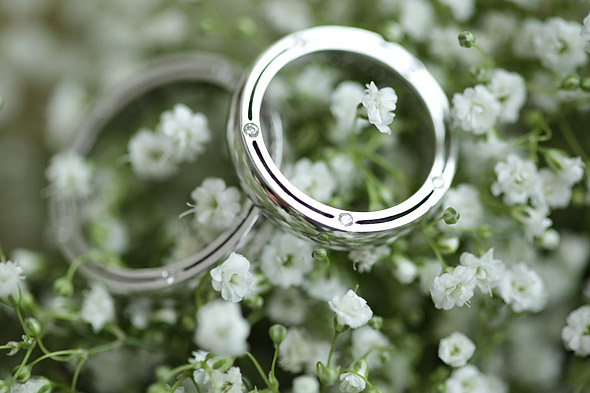
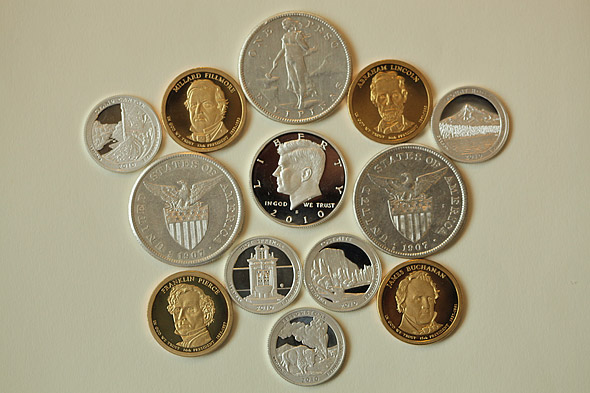
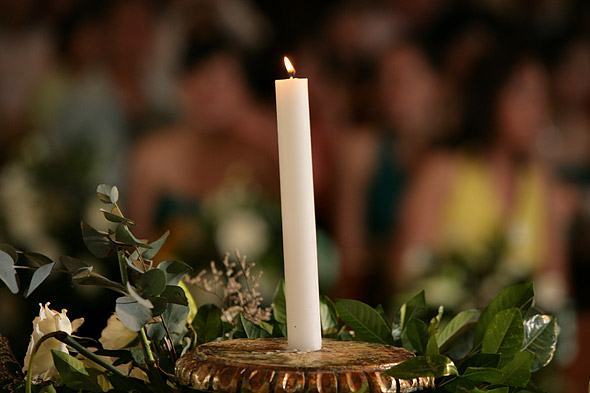
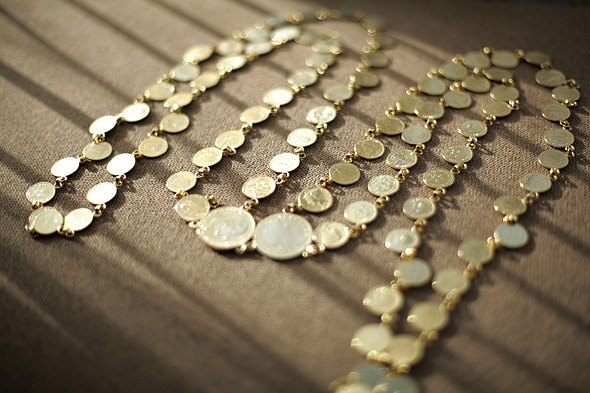
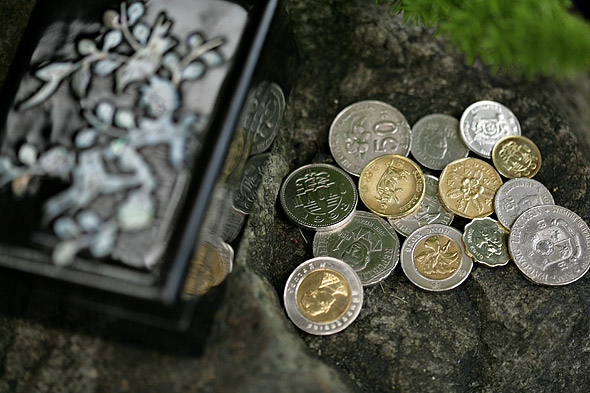


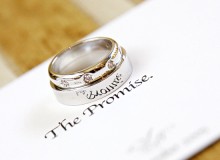
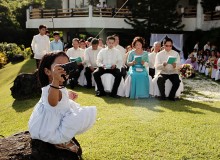



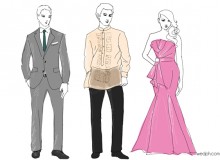
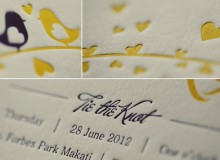
Philippine Wedding Superstitions - Weddings in the Philippines
April 16, 2013 @ 5:18 pm
[…] from ceremonial traditions, Filipino weddings are also full of superstitious beliefs. Here is to name a few of […]
Morgan & Chris: Oscar Swan Country Inn and Abbey Farms Wedding | Chicago Fine Art Wedding Photography
July 28, 2020 @ 10:37 am
[…] If you would like to know more about Filipino wedding traditions, check this out! […]